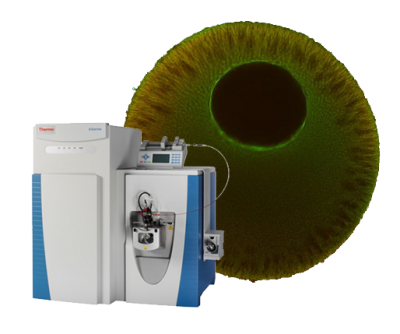A model for cleavage plane determination in early amphibian and fish embryos.
Type
Current models for cleavage plane determination propose that metaphase spindles are positioned and oriented by interactions of their astral microtubules with the cellular cortex, followed by cleavage in the plane of the metaphase plate [1, 2]. We show that in early frog and fish embryos, where cells are unusually large, astral microtubules in metaphase are too short to position and orient the spindle. Rather, the preceding interphase aster centers and orients a pair of centrosomes prior to nuclear envelope breakdown, and the spindle assembles between these prepositioned centrosomes. Interphase asters center and orient centrosomes with dynein-mediated pulling forces. These forces act before astral microtubules contact the cortex; thus, dynein must pull from sites in the cytoplasm, not the cell cortex as is usually proposed for smaller cells. Aster shape is determined by interactions of the expanding periphery with the cell cortex or with an interaction zone that forms between sister-asters in telophase. We propose a model to explain cleavage plane geometry in which the length of astral microtubules is limited by interaction with these boundaries, causing length asymmetries. Dynein anchored in the cytoplasm then generates length-dependent pulling forces, which move and orient centrosomes.

